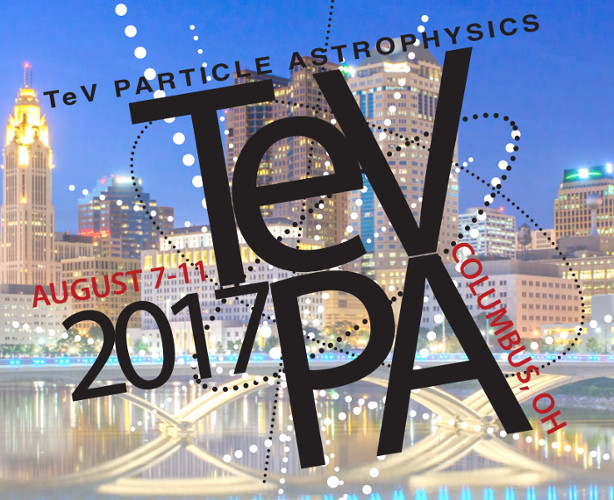Speaker
Description
It is widely accepted that supernova (SN) shocks can accelerate particles to very high energies, although the maximum energies are still unclear. These accelerated particles can interact with other particles to produce gamma-ray emission. Details of the process are not well characterized, including the dynamics and kinematics of the SN shock wave, the nature and magnitude of the magnetic field, and the details of the particle acceleration process. The properties of the SN shock itself are regulated by the surrounding medium, which in a massive star is formed by mass-loss from the pre-SN progenitor during its lifetime. Thus the spectra of accelerated particles, and the resultant gamma-ray emission, depend on the evolution of the SN progenitor before it explodes.
Herein we explore detailed aspects of SN evolution, particle acceleration, and the non-thermal emission, for young SNe right after outburst. We use these calculations to predict and constrain the detectability of young SNe of various types, via their hadronic signatures, namely gamma-ray emission from pp interactions, and synchrotron emission from secondary leptons. Our calculations also allow us to constrain the resulting TeV neutrino flux. After outlining the general considerations, we will provide a quantitative example in the form of the well-studied radio SN 1993J, for which we will calculate the gamma-ray and neutrino flux. We will also comment on the horizon of detectability of 1993J-like SNe with the upcoming Cherenkov Telescope Array (CTA).
